Remember when making plans meant actually showing up at someone’s house and hoping they were home? The 1970s were a magical time when friendship required real effort, genuine creativity, and the willingness to be completely present with each other. We didn’t have screens to distract us or apps to entertain us – just our imaginations, a few dollars in our pockets, and all the time in the world to make memories that would last a lifetime.
1. Roller Skating at the Local Rink
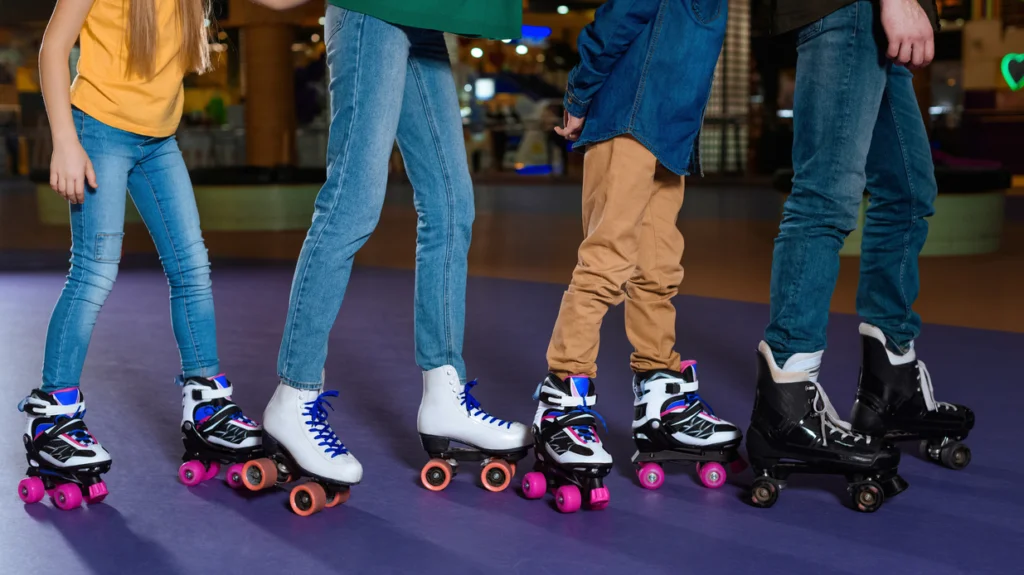
Saturday nights meant lacing up those rental skates and gliding around the rink to the sounds of disco and rock. The local roller rink was our social hub, where we’d spend hours perfecting our moves, playing couples skate games, and trying not to fall flat on our faces during the fast songs. The DJ would call out “snowball” or “reverse direction,” and suddenly the whole dynamic of the evening would shift as we scrambled to find new skating partners. For those interested in picking up this way of passing time again, Health has a rundown of all the benefits to rollerskating.
Those wooden floors witnessed our first crushes, our friendship dramas, and countless hours of pure joy set to a soundtrack of Donna Summer and the Bee Gees. We’d pool our allowance money for admission, snacks, and maybe a soda to share during the break. The roller rink taught us balance in more ways than one – literally on our feet and figuratively in navigating the complex social world of adolescence.
2. Building Epic Blanket Forts
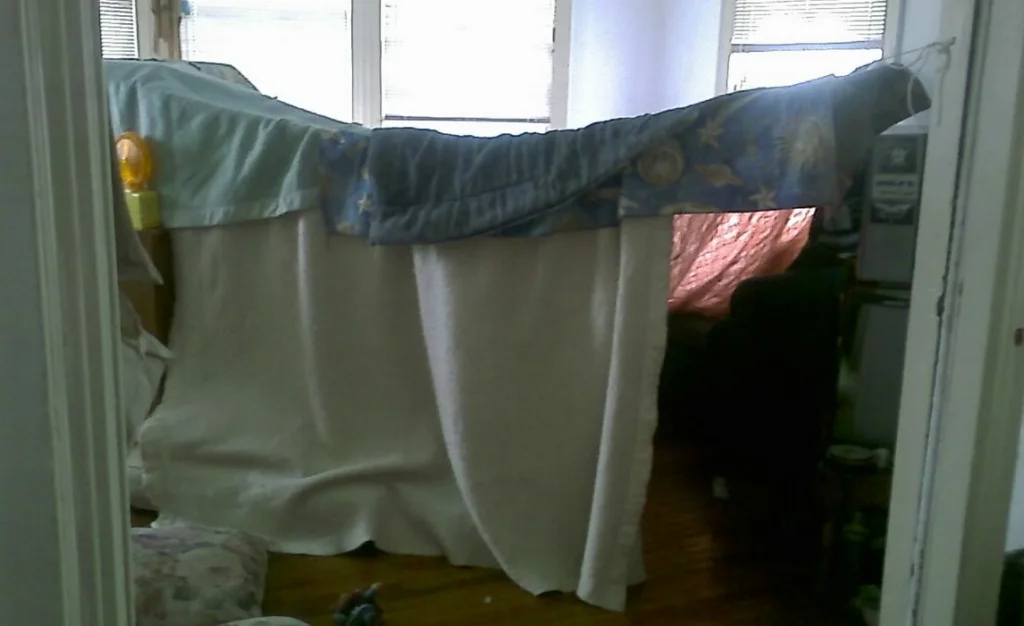
Rainy afternoons called for architectural masterpieces constructed entirely from bed sheets, couch cushions, and clothespins borrowed from Mom’s laundry supplies. We’d spend hours engineering the perfect hideout, complete with multiple rooms, secret entrances, and reading nooks lit by flashlights. Our living room fortresses became everything from space stations to medieval castles, depending on what adventures our imaginations cooked up that day. Today, Bolder has some helpful tips to build the best blanket fort on the whole street.
Inside these fabric kingdoms, we’d tell ghost stories, share secrets, and plan elaborate games that could last for days. The negotiation process alone was half the fun – whose house had the best blankets, who got to be the architect, and what snacks we’d smuggle into our temporary headquarters. Parents would step carefully around our constructions, somehow understanding that these weren’t just piles of household items but sacred spaces where childhood magic happened.
3. Organizing Neighborhood-Wide Games of Hide and Seek
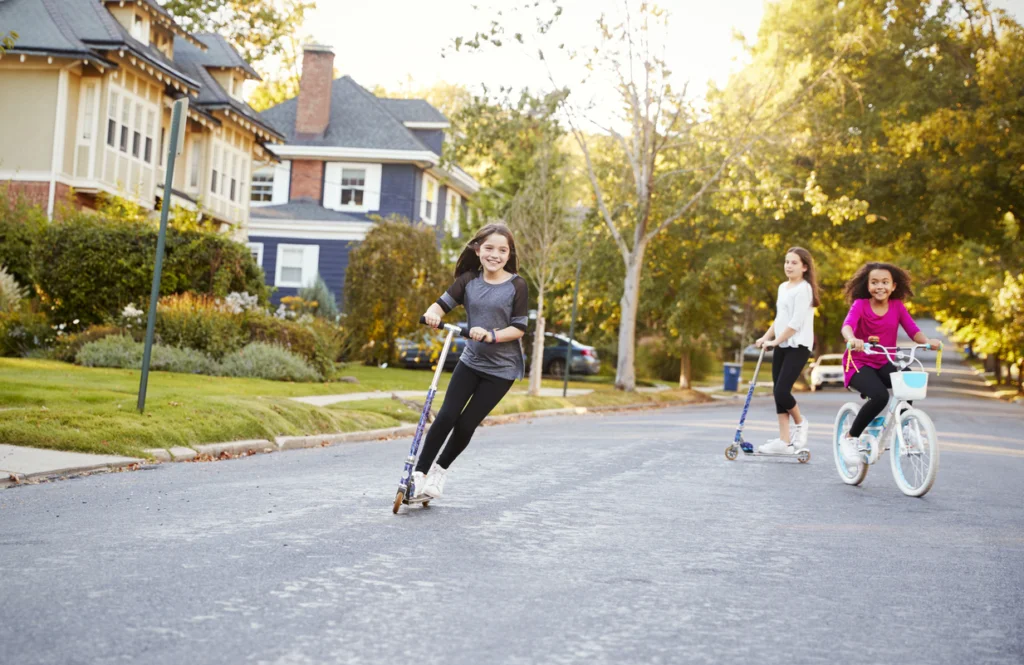
When the streetlights came on, that was our cue for the ultimate game of hide and seek that could involve entire city blocks. We’d establish boundaries that stretched from the Johnsons’ front yard to the old oak tree by the school, creating a massive playing field that required real strategy and local knowledge. Everyone in the neighborhood knew the rules, the best hiding spots, and the unspoken agreement that porches were usually off-limits unless specifically declared fair game. Miracle Recreation notes that there are profound benefits to establishing a community play space for kids to bond and develop helpful skills.
The thrill of finding the perfect hiding spot – behind Mrs. Peterson’s rose bushes or in the space between the Millers’ garage and fence – was matched only by the excitement of being the seeker tasked with finding a dozen friends scattered across several acres. We’d emerge from our hiding places grass-stained, breathless, and absolutely exhilarated, already planning tomorrow’s game. Those summer evenings taught us about patience, problem-solving, and the pure joy of shared adventure in our own backyards.
4. Creating Elaborate Backyard Carnivals
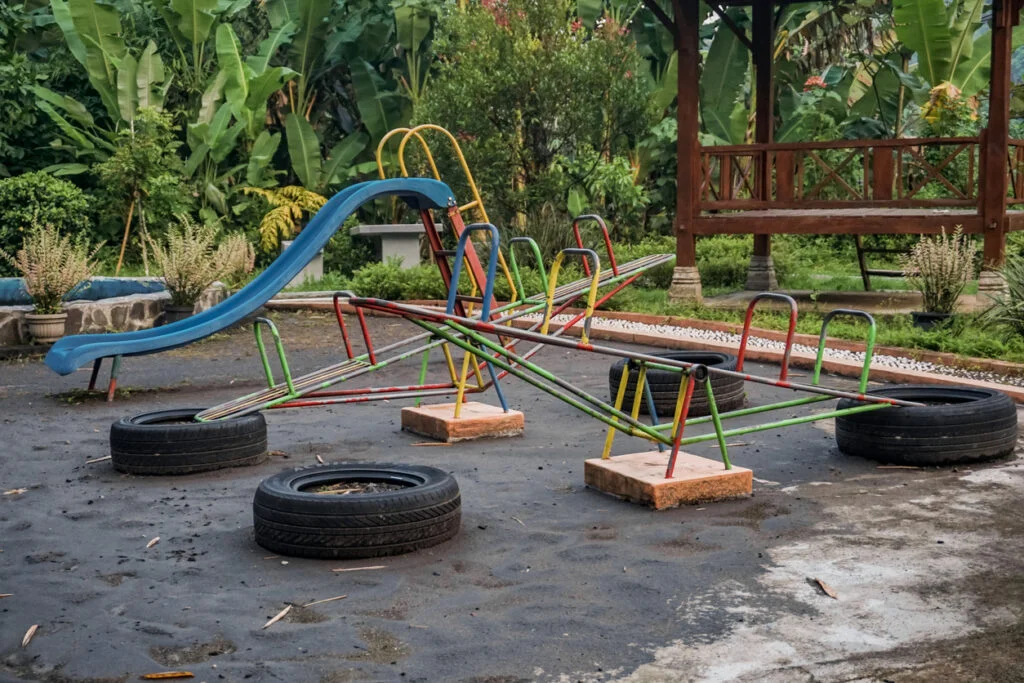
Armed with poster board, markers, and unlimited enthusiasm, we’d transform ordinary backyards into magical carnivals complete with game booths, prize tables, and refreshment stands. We’d spend days planning ring toss games using empty bottles and mason jar rings, setting up fishing games with cardboard boxes and toy prizes, and creating “strength tests” using whatever household items we could repurpose. Our parents’ garages became treasure troves of potential carnival supplies, and we’d negotiate for everything from old stuffed animals to use as prizes to card tables for our game booths.
The neighborhood kids would line up with quarters and dimes to play our homemade games, and we’d take turns being both carnival workers and customers throughout the afternoon. We’d make cotton candy using actual cotton balls (before realizing that wasn’t quite right), serve lemonade that was either too sweet or too sour, and award prizes with the seriousness of seasoned carnival barkers. These backyard extravaganzas taught us about entrepreneurship, creativity, and the satisfaction of bringing joy to others through our own hard work and imagination.
5. Spending Hours at the Record Store
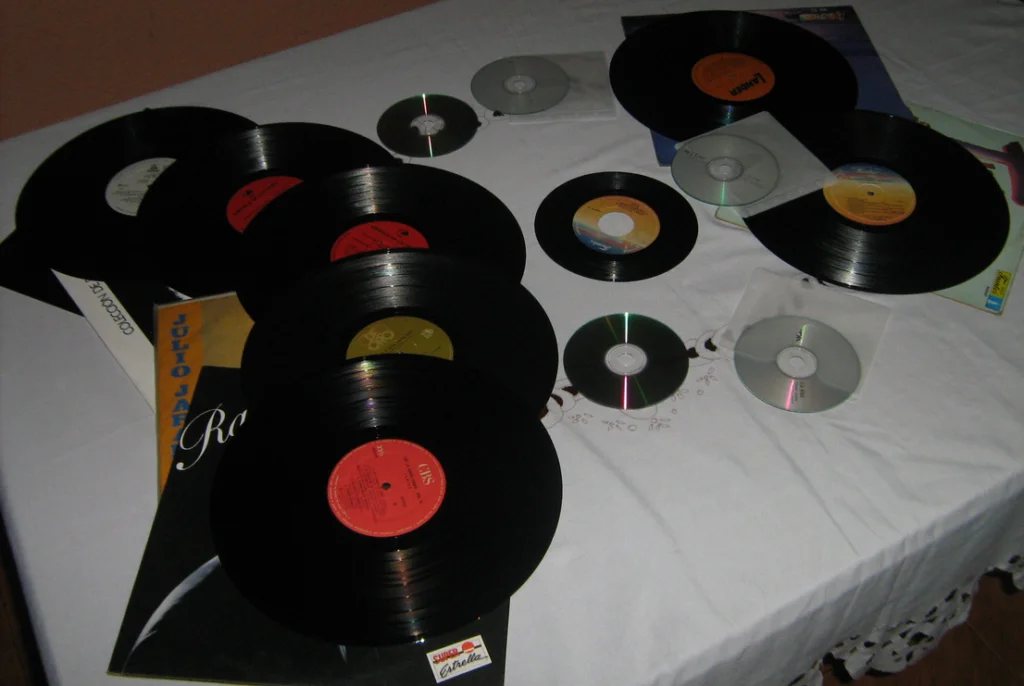
The local record store was our sanctuary, a place where we could flip through album covers for hours, listening to new releases on the store’s headphones and debating which LP deserved our precious allowance money. We’d memorize liner notes, study album artwork like it was fine art, and engage in passionate discussions about whether Led Zeppelin IV was better than Houses of the Holy. The store clerks knew us by name and would sometimes let us know when new shipments arrived or when our favorite artists had new releases coming in.
Shopping for records was a social event that required group consensus, careful budgeting, and sometimes pooling resources to afford that double album we all wanted. We’d take turns choosing what to buy, creating elaborate systems for sharing new purchases and trading records we’d grown tired of. Those afternoons spent surrounded by vinyl taught us about music history, introduced us to artists we never would have discovered alone, and created soundtracks for our friendships that still make us smile decades later.
6. Perfecting Our Skateboarding Skills

Long before extreme sports became mainstream, we were pushing the boundaries of what was possible on four wheels and a wooden board. Empty swimming pools, school parking lots, and any smooth concrete surface became our training grounds as we practiced ollies, kickturns, and gradually worked up the courage to attempt more advanced tricks. We’d build makeshift ramps out of plywood and cinder blocks, creating obstacle courses that challenged our skills and occasionally challenged our parents’ nerves.
The skateboarding crew was a tight-knit community where everyone shared tips, cheered each other’s successes, and helped bandage each other’s inevitable scrapes and bruises. We’d spend entire summer days perfecting a single trick, celebrating small victories like landing a clean kickflip or successfully navigating our homemade slalom course. Those hours on our boards taught us persistence, balance, and the importance of getting back up after every fall – lessons that served us well both on and off the pavement.
7. Hosting Elaborate Tea Parties and Formal Dinners
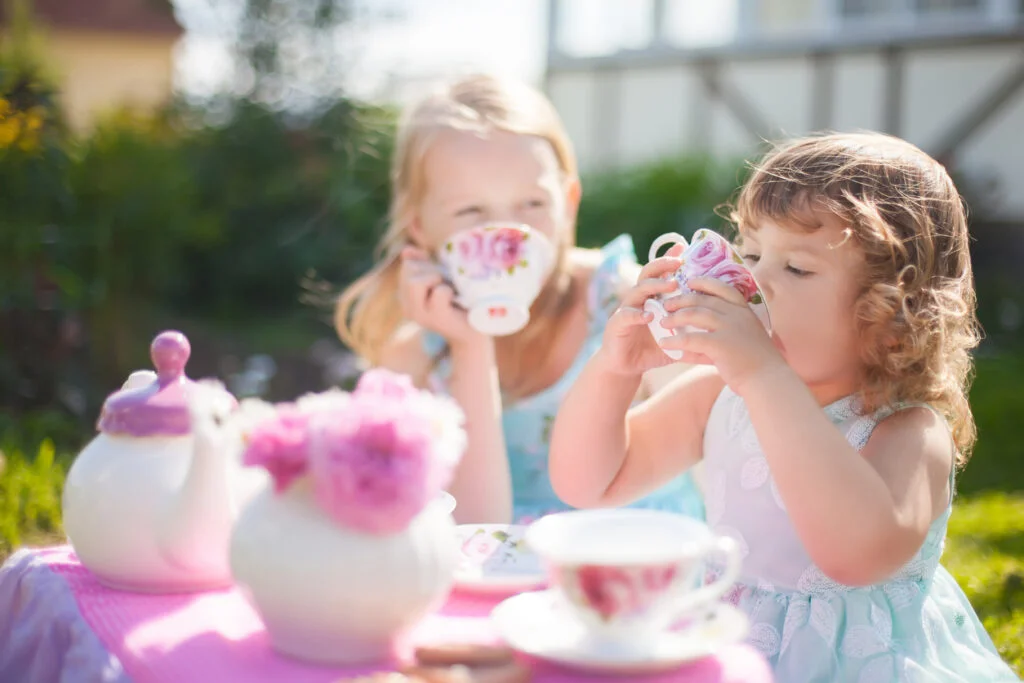
Whether we were eight or eighteen, there was something magical about setting up fancy tea parties complete with the good china (borrowed with permission), homemade treats, and elaborate table settings. We’d spend hours planning menus, creating invitations written in our most careful cursive, and deciding on themes that ranged from elegant garden parties to exotic international cuisine nights. Our dining rooms would be transformed with flowers picked from the yard, candles “borrowed” from various rooms around the house, and tablecloths that made everything feel special and grown-up.
These gatherings were about more than just food – they were lessons in hospitality, etiquette, and the art of conversation that didn’t revolve around television or other distractions. We’d practice proper table manners, take turns being the hostess, and engage in the kind of meaningful discussions that helped us figure out who we were and who we wanted to become. The cleanup was always a group effort, and somehow washing dishes together felt just as important as the formal dining experience itself.
8. Building Soapbox Derby Cars
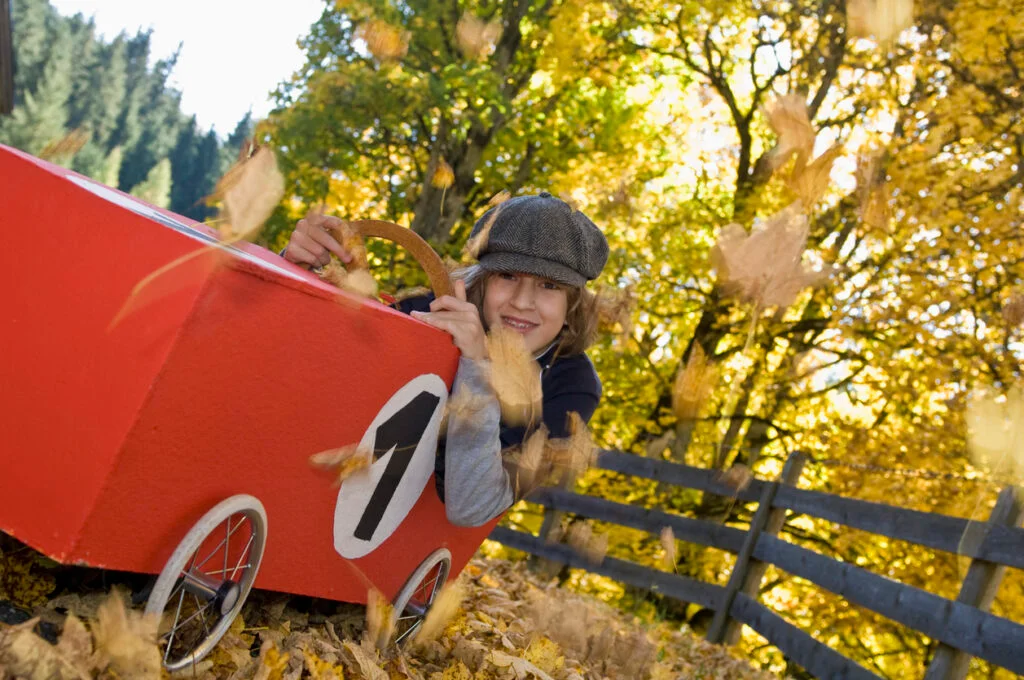
The annual soapbox derby was the culmination of months of planning, building, and testing as we constructed gravity-powered racing machines from scratch using whatever materials we could find or afford. Old wagon wheels, wooden crates, rope for steering, and plenty of trial and error went into creating vehicles that were equal parts engineering marvel and artistic expression. We’d spend weekends in garages and basements, learning basic carpentry skills from patient fathers and older siblings who understood the importance of this automotive rite of passage.
Race day was a community event where entire families gathered to cheer on the young engineers and their handcrafted speed machines hurtling down the steepest hill in town. The competition was fierce but friendly, with prizes for fastest time, best design, and most creative use of materials, ensuring that everyone’s hard work was recognized and celebrated. Win or lose, we’d spend the rest of the day analyzing what worked, what didn’t, and already making plans for next year’s improved model.
9. Organizing Talent Shows in Someone’s Garage
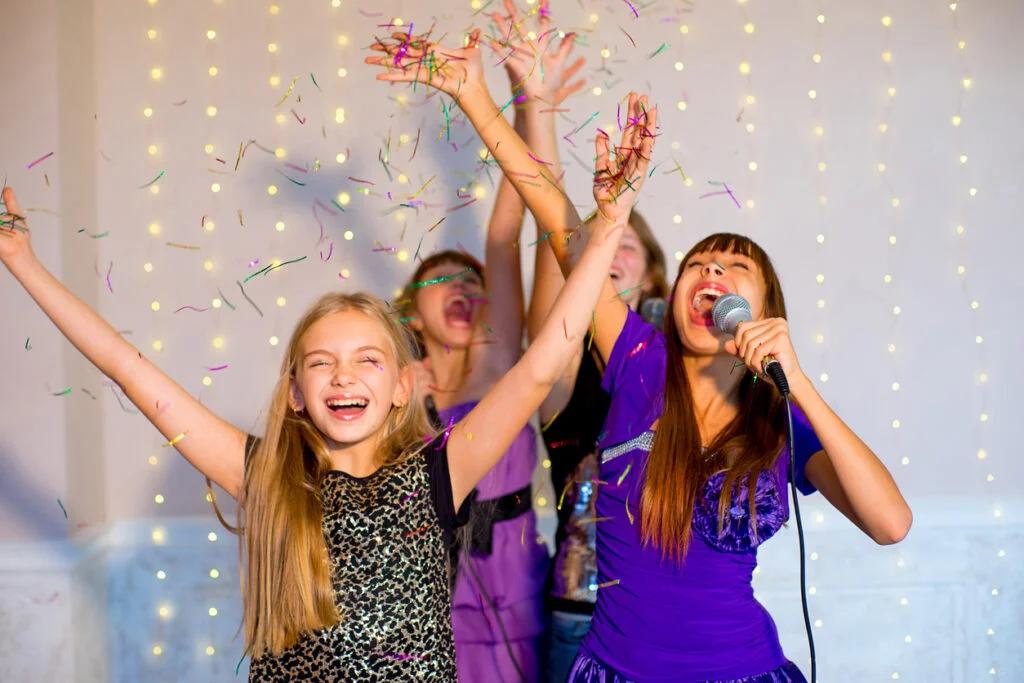
Every neighborhood seemed to have that one garage that became our makeshift performance venue, complete with a “stage” area marked out in masking tape and folding chairs arranged for our audience of family members and neighbors. We’d spend weeks preparing acts that ranged from magic shows using tricks learned from library books to musical performances featuring everything from kazoo orchestras to serious guitar solos. The planning process was almost as entertaining as the actual show, with lengthy discussions about running order, costume requirements, and who was brave enough to be the master of ceremonies.
These garage talent shows gave everyone a chance to shine, whether they were natural-born performers or shy kids who discovered hidden talents when given a supportive audience. We’d make programs on construction paper, charge a nickel admission to cover the cost of refreshments, and present prizes that were usually homemade ribbons or certificates decorated with our finest artistic efforts. The applause from our small but enthusiastic audiences felt just as rewarding as any professional performance, and we learned valuable lessons about creativity, confidence, and supporting each other’s dreams.
10. Creating Neighborhood Newspapers

Armed with typewriters borrowed from parents’ home offices, carbon paper for making copies, and an entrepreneurial spirit that would make any publisher proud, we’d create monthly neighborhood newspapers filled with local gossip, sports scores, weather predictions, and investigative reports on important issues like whose dog was getting into everyone’s garbage. We’d divide up roles like editor, reporter, photographer, and distribution manager, taking our journalistic responsibilities seriously even when our biggest scoop was Mrs. Henderson’s prize-winning roses or the mystery of the missing garden gnomes.
Distribution day was always exciting as we’d go door-to-door selling our publications for a dime each, proud to see neighbors actually reading our articles and commenting on our reporting. We’d cover everything from upcoming block parties to reviews of the latest movies playing at the drive-in, learning about research, writing, and the importance of accuracy in reporting (especially after a few early issues contained some “creative interpretations” of local events). These newspaper ventures taught us about communication, responsibility, and the power of bringing a community together through shared information and stories.
11. Mastering Complex Friendship Bracelet Patterns
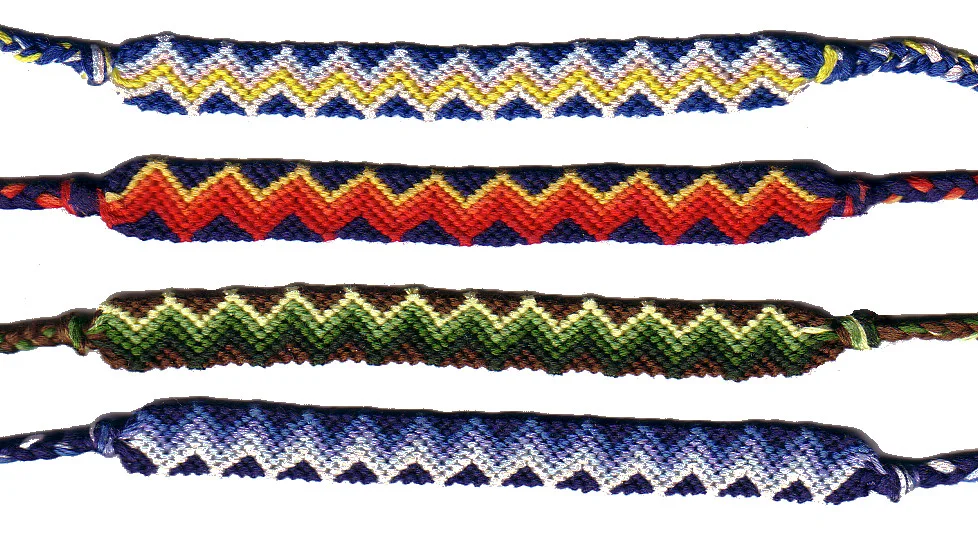
The art of friendship bracelet making was serious business that required patience, skill, and a steady supply of embroidery floss in every color imaginable. We’d spend hours learning increasingly complex patterns with names like “chevron,” “diamond,” and “candy stripe,” our fingers working in precise rhythms as we chatted about everything and nothing. The local craft store knew us well, as we’d regularly appear with our allowance money to stock up on new colors and beg for demonstrations of patterns we’d seen other girls wearing but couldn’t figure out ourselves.
Each bracelet was a labor of love, often taking days or weeks to complete depending on the complexity of the pattern and how often we got distracted by other activities. We’d wear stacks of them up our arms like colorful badges of honor, each one representing a friendship, a memory, or a particular phase of our lives that we wanted to remember forever. The tradition of making bracelets for each other strengthened bonds in ways that modern friendship gestures rarely match, creating tangible reminders of connections that were built through time, effort, and genuine care.
12. Planning and Executing Elaborate Pranks
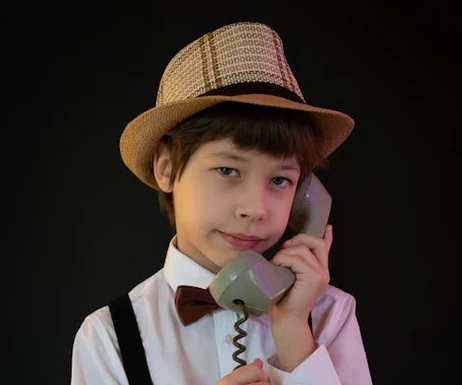
The art of the practical joke reached its golden age in the 1970s, when pranks were harmless, creative, and required genuine planning and teamwork to pull off successfully. We’d spend days plotting elaborate schemes like short-sheeting beds during sleepovers, creating fake spiders to leave in unexpected places, or coordinating group efforts to convince someone that they’d missed an important event that never actually happened. The key was always making sure our pranks were funny rather than mean, bringing laughter rather than tears, and including the “victim” in the fun once the joke was revealed.
Our pranks required real creativity since we couldn’t just look up ideas online – we had to come up with original concepts, figure out the logistics ourselves, and rely on perfect timing and coordination to make everything work. The best pranks were those that became legendary neighborhood stories, talked about and retold for years afterward as examples of particularly clever or well-executed jokes. We learned about planning, teamwork, and the importance of knowing where the line was between harmless fun and actually hurting someone’s feelings – lessons that served us well in all our relationships.
Those were the days when friendship meant showing up, being present, and creating our own entertainment from scratch. We learned to be resourceful, imaginative, and genuinely connected to each other in ways that required real effort and genuine care. The memories we made during those screen-free years remain some of our most treasured, reminding us that the best fun often comes from the simplest pleasures and the people we choose to share them with.


